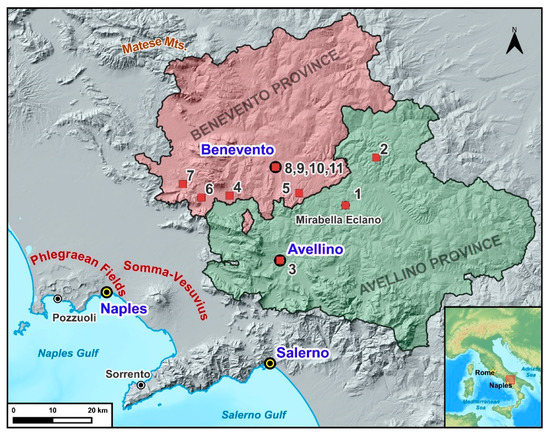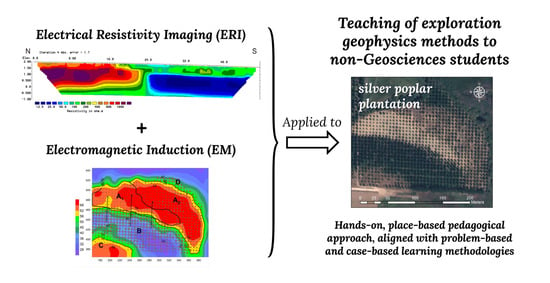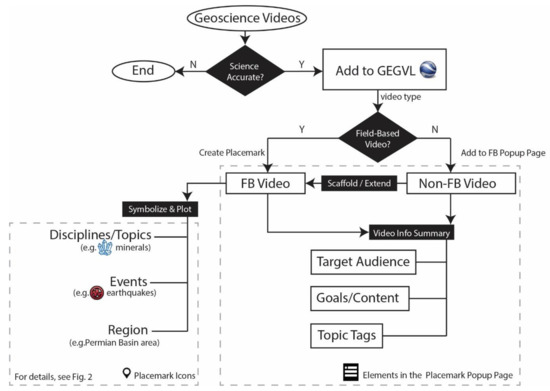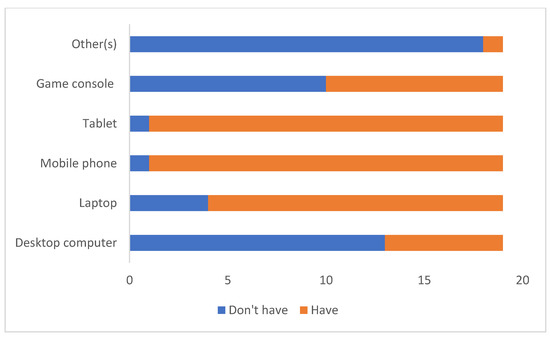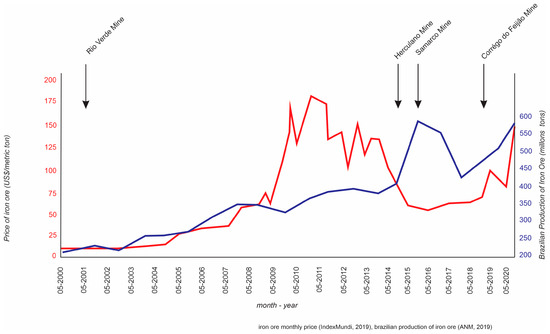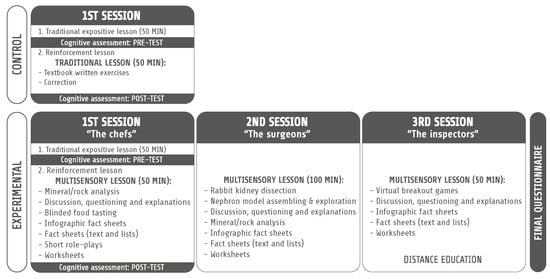Education in Geosciences
A topical collection in Geosciences (ISSN 2076-3263).
Viewed by 43096Editor
2.Interdisciplinary Centre of Marine and Environmental Research, University of Porto, Porto, Portugal
Interests: teachers of biology and geology training and professional development; science teaching and communication; environmental education and education for sustainability, science teaching approaches and methodologies; geoethics
Special Issues, Collections and Topics in MDPI journals
Topical Collection Information
Dear Colleagues,
The acceptance that humans must have a holist view of the Earth system and geoethical behaviours is an imperative to live in harmony on Earth.
Life on Earth depends on the responsible and geoethical management that humans need to have with its interworking subsystems. Our efforts have to start with younger children, and involve higher education students, making them aware of what they must do to have a sustainable planet. Citizens must be better informed on issues like resource efficiency, geodiversity and ecosystem services. Teaching this dynamic view of our planet is a way to extend the study of geosciences to all citizens.
Earth system thinking can be taught, resorting to a contextualized teaching, like problem-based learning or case-based learning. Diverse strategies, from lab activities to field-trips, can promote a correct view of science, and raise interest and motivation to learn geosciences. However, more research has to be done to overcome teachers’ resistance to innovation and provoke attitudinal changes.
As the Editor of the collection “Education in Geosciences”, I would like to invite all of you to submit articles which focus on geosciences education for our times, both review articles and empiric ones, and developed in any school level, in higher education or in non-formal educational environments.
Prof. Dr. Clara Vasconcelos
Collection Editor
Manuscript Submission Information
Manuscripts should be submitted online at www.mdpi.com by registering and logging in to this website. Once you are registered, click here to go to the submission form. Manuscripts can be submitted until the deadline. All submissions that pass pre-check are peer-reviewed. Accepted papers will be published continuously in the journal (as soon as accepted) and will be listed together on the collection website. Research articles, review articles as well as short communications are invited. For planned papers, a title and short abstract (about 100 words) can be sent to the Editorial Office for announcement on this website.
Submitted manuscripts should not have been published previously, nor be under consideration for publication elsewhere (except conference proceedings papers). All manuscripts are thoroughly refereed through a single-blind peer-review process. A guide for authors and other relevant information for submission of manuscripts is available on the Instructions for Authors page. Geosciences is an international peer-reviewed open access monthly journal published by MDPI.
Please visit the Instructions for Authors page before submitting a manuscript. The Article Processing Charge (APC) for publication in this open access journal is 1800 CHF (Swiss Francs). Submitted papers should be well formatted and use good English. Authors may use MDPI's English editing service prior to publication or during author revisions.
Keywords
- Earth system approach
- Teaching and learning geosciences
- Geosciences field trips
- Geosciences lab activities
- Teaching geoethics
- Social issues in education in geosciences
- Geosciences communication and outreach







